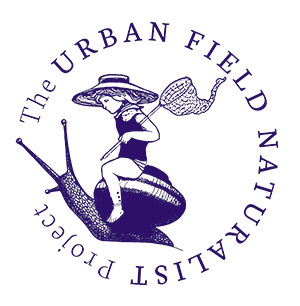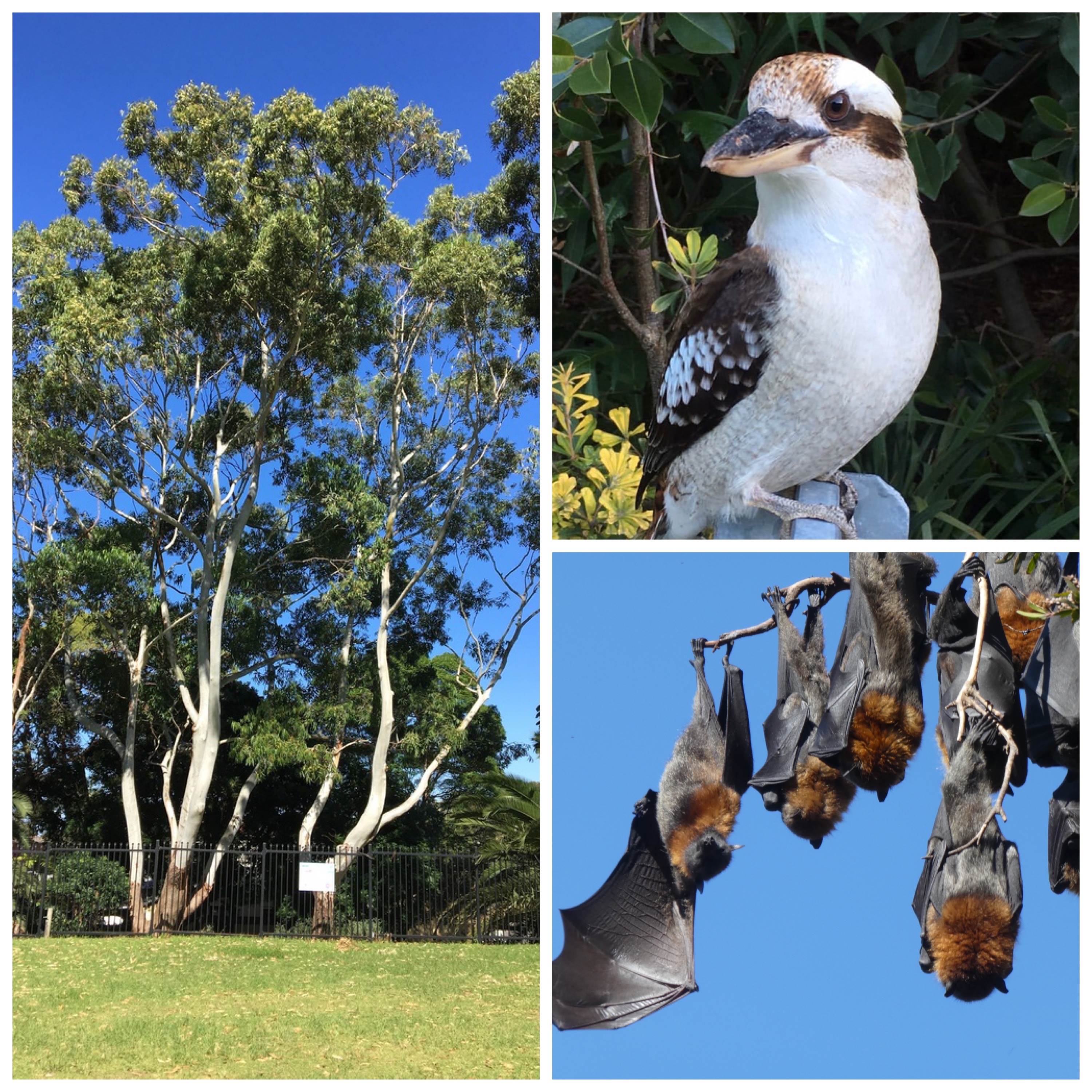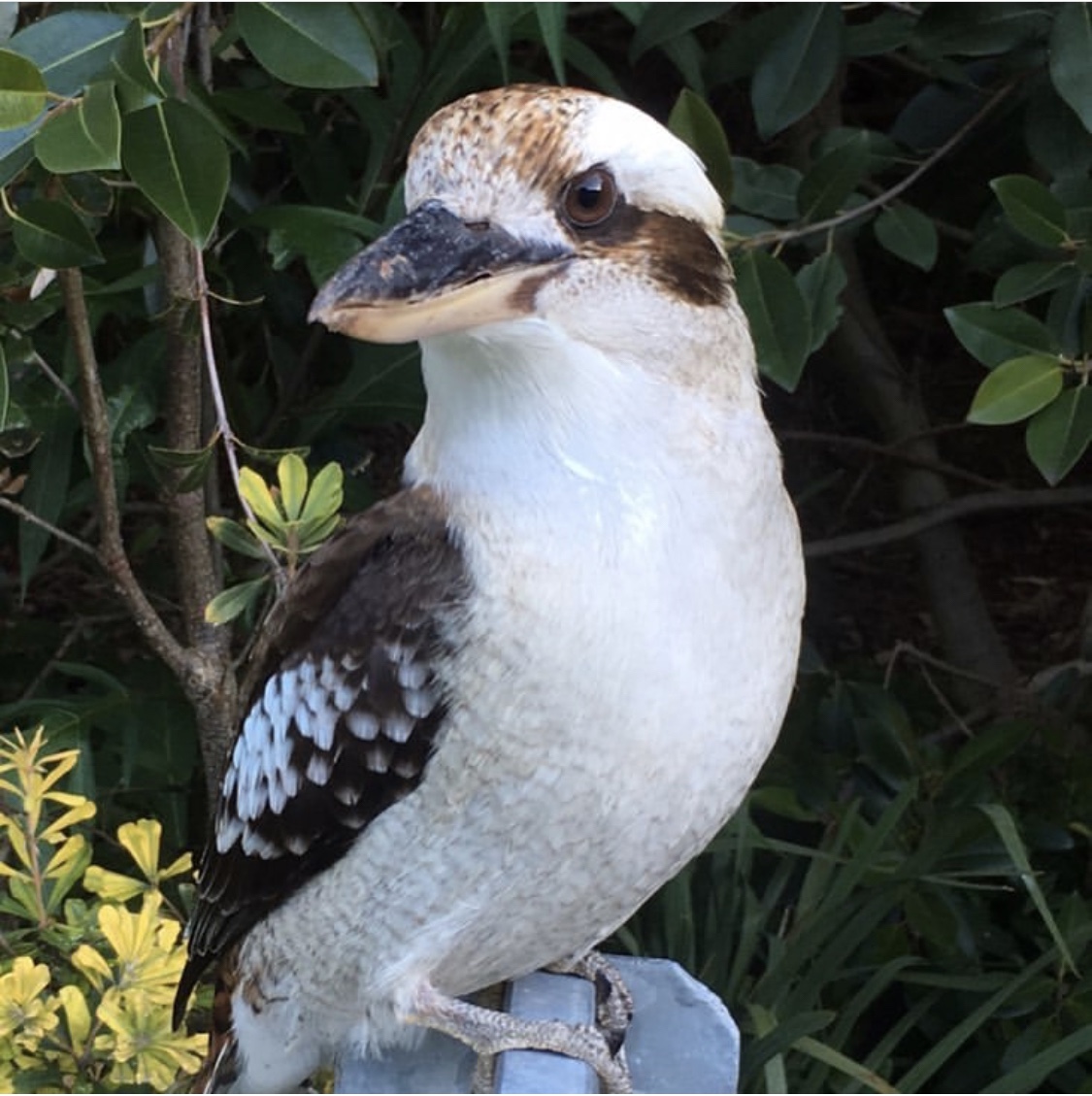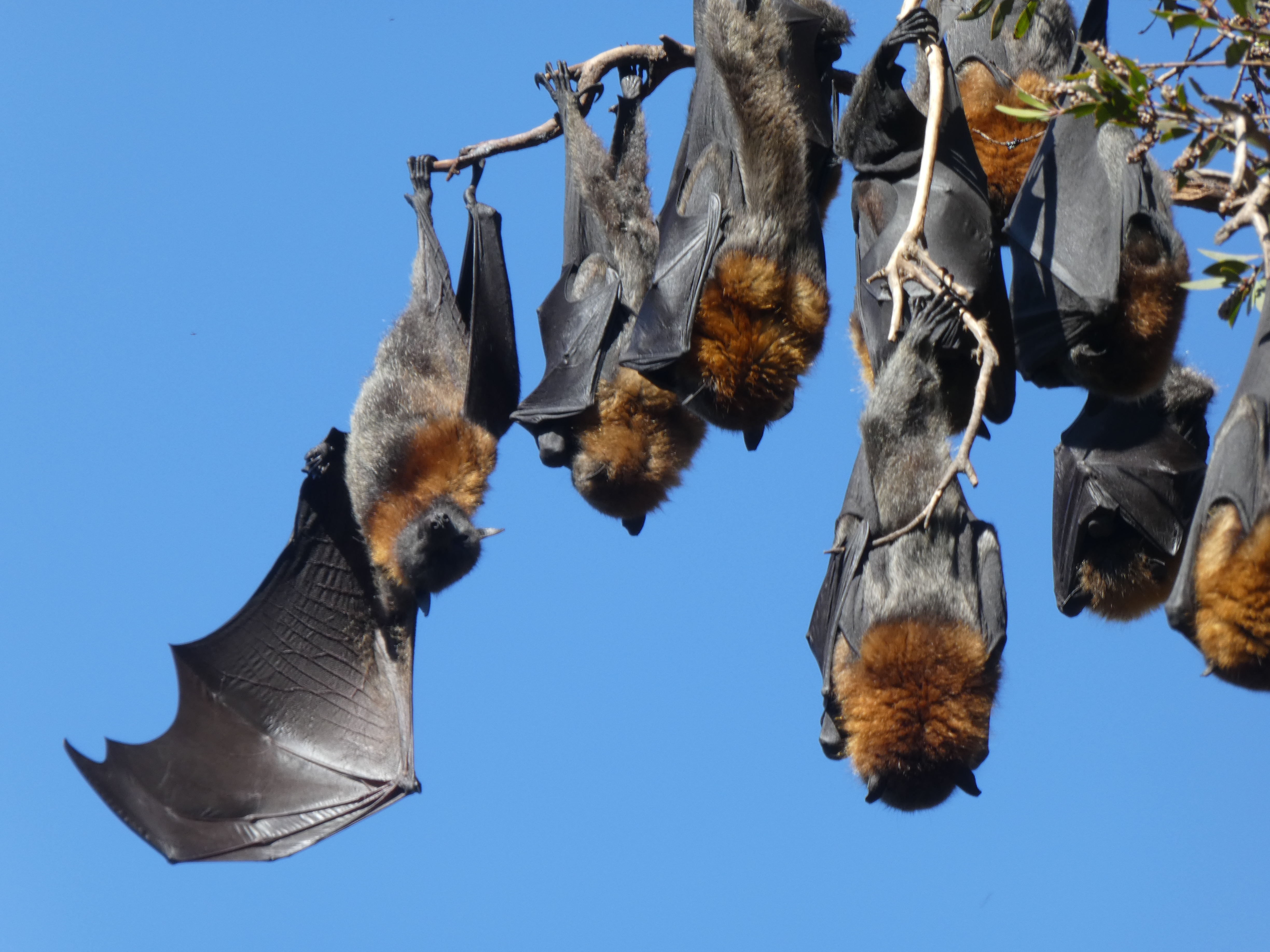
What’s That All About?
Justine O'Brien

April 16th 2020: With Covid-19 restrictions in place, the recent school holidays were pretty quiet. Feeding the chickens at our local primary school was a highlight of the day. On one of the days we changed up the routine to visit the chickens at dusk. Upon feathering out the fresh food scraps for the hoard we heard a big commotion high up in the surrounding gum trees. The gums were flowering, and the branches were writhing. The Laughing Kookaburras were going OFF. Their calls just before the sun pops up are a familiar routine, but these calls at dusk seemed a bit out of place - more raucous than the dawn calls perhaps.

It was then we noticed a swooping sound that seemed too loud for a kookaburra. Sure enough it was not a bird but a flying-fox. The calls of the kookaburras made more sense now. Throughout the rest of the Easter holidays we went over most nights and saw this interaction each time. The roosting spots of the kookaburras were clearer now.
We wonder what the odds are of this interaction happening at the next flowering event, and when the flowering event will happen next. Will the kookaburras continue to roost there if this occurs again and again? We will be charting these interactions in our calendars to find out.

Justine is the Manager of Conservation Science at Taronga Conservation Society, her research interests focus on understanding reproductive physiology of threatened species.